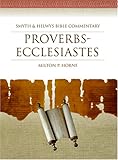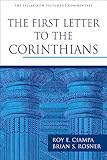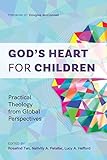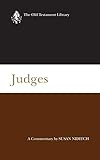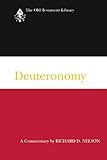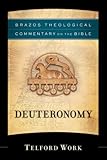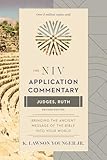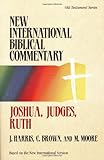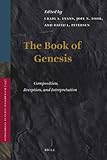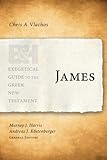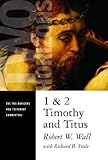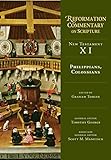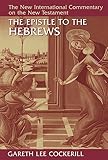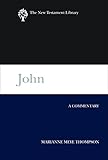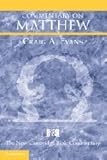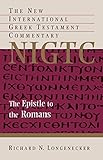The Parallel Structure of Proverbs
Gaultney, Monroe
The Parallel Structure of Proverbs - Johannesburg, South Africa South African Theological Seminary 2005 - 178p PDF A4 Table of contents. Bibliography.
This paper is intended to be a part of a textbook for learning how to communicate in the Biblical fashion of parallelism. The research question was threefold: Can systematic methodologies be developed that equips ministers to better understand the Biblical message by learning Hebrew literary devices such as proverbs and parallelism? In learning this methodology, can the minister become familiar enough with the literary devices Jesus favored in order to use them? Is there an exegetical benefit to recognizing the form as well as the content?
To accomplish this, chapter one offers a summary of scholarly research dealing of the origin and use of proverbs in Ancient Israel, and chapter two defines and explains the many facets of proverbs and the poetic parallelism that sets it apart in scripture.
Chapter three provides step-by-step instructions for discovering parallelism in the Bible. The reader accompanies the author in the analysis of John 1:1-18 in the search of various forms of parallelism, and experiencing the exegetical benefit of understanding the form in which so much Biblical truth is transported. Chapter four highlights the conclusions and contributions this work makes to homiletics and Biblical andragogy. The main reason for attempting to understand and use the forms and literary style of ancient Israel’s teachers is simply this: Jesus did.
The reader should keep the following things in mind when reading this text. 1) The teaching and writing style are directed at practitioners rather than scholars. 2) This study presupposes that form and content are inseparable. 3) This text concerns itself with the structure and use of poetic parallelism only. The use of parallelism in Biblical prose is not addressed.
It is hoped that a greater awareness and understanding of the literary devices Jesus used will inspire a deeper appreciation for them, as well as a desire to use them.
Apocryphal books (Old Testament)--The book of Proverbs
The Parallel Structure of Proverbs - Johannesburg, South Africa South African Theological Seminary 2005 - 178p PDF A4 Table of contents. Bibliography.
This paper is intended to be a part of a textbook for learning how to communicate in the Biblical fashion of parallelism. The research question was threefold: Can systematic methodologies be developed that equips ministers to better understand the Biblical message by learning Hebrew literary devices such as proverbs and parallelism? In learning this methodology, can the minister become familiar enough with the literary devices Jesus favored in order to use them? Is there an exegetical benefit to recognizing the form as well as the content?
To accomplish this, chapter one offers a summary of scholarly research dealing of the origin and use of proverbs in Ancient Israel, and chapter two defines and explains the many facets of proverbs and the poetic parallelism that sets it apart in scripture.
Chapter three provides step-by-step instructions for discovering parallelism in the Bible. The reader accompanies the author in the analysis of John 1:1-18 in the search of various forms of parallelism, and experiencing the exegetical benefit of understanding the form in which so much Biblical truth is transported. Chapter four highlights the conclusions and contributions this work makes to homiletics and Biblical andragogy. The main reason for attempting to understand and use the forms and literary style of ancient Israel’s teachers is simply this: Jesus did.
The reader should keep the following things in mind when reading this text. 1) The teaching and writing style are directed at practitioners rather than scholars. 2) This study presupposes that form and content are inseparable. 3) This text concerns itself with the structure and use of poetic parallelism only. The use of parallelism in Biblical prose is not addressed.
It is hoped that a greater awareness and understanding of the literary devices Jesus used will inspire a deeper appreciation for them, as well as a desire to use them.
Apocryphal books (Old Testament)--The book of Proverbs

